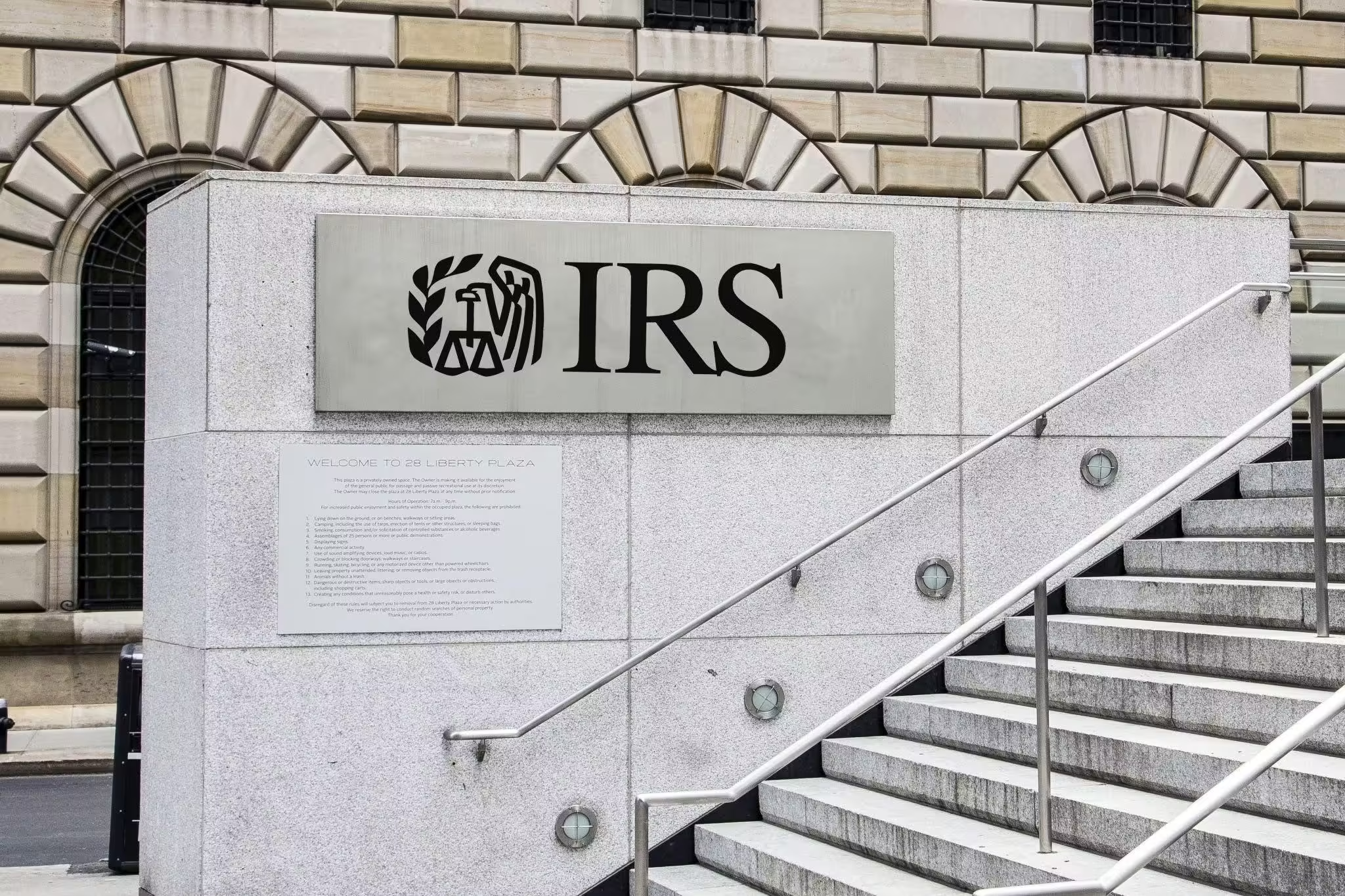
Top 9 Things You Need to Know About the IRS as a Small Business Owner.
June 15, 2024
“We Were on a Break” from Deliciousness: US Fans Want Krispy Kreme’s “Friends” Doughnuts
June 19, 2024
Credit - Alpha Photo via flickr
The
battle between tax fairness and tax optimization has come to a head. The U.S.
Treasury Department and the Internal Revenue Service (IRS) just announced a new
effort to go after a favorite tax strategy of the wealthy and complex
partnerships: basis shifting. This is a big deal and could bring in billions of
dollars and change the taxation policies for years to come.
What
is the Basis Shifting:
Basis
shifting is about manipulating the concept of “basis” in the tax code. Basis is
the original cost of an asset, such as stocks, real estate or intellectual
property. When an asset is sold for a gain, the capital gains tax is calculated
on the difference between the sale price and the basis. The lower the basis the
higher the capital gains tax liability.
This
is where the “shifting” comes in. Complex partnerships, often involving hedge
funds and private equity firms, can engage in fancy financial footwork to
artificially lower the basis of their assets. Here’s how it might work:
●
Scenario
1: The Subsidiary Shuffle - A company owns a valuable asset with a low basis,
say a building purchased years ago for $1 million. Through a series of
transactions they create a subsidiary. This subsidiary then “buys” the asset
from the original company at a much higher value, say $10 million. This
inflated basis allows the subsidiary to pay a much lower capital gains tax when
they sell the asset at an even higher price.
●
Scenario
2: The Debt Dance - Another strategy is to take on debt secured by the
appreciated asset. This debt reduces the basis for tax purposes as the IRS
allows taxpayers to subtract the debt from the original basis when calculating
capital gains. As the asset value continues to go up the company can keep
taking on more debt and lower the taxable gains.
These
are just two of examples and basis shifting can get much more complicated with
all sorts of financial instruments and legal structures. But the principle is
the same: exploiting loopholes in the tax code to minimize tax on big capital
gains.
The
Price of Unfairness: Why the IRS is Acting
The
Treasury Department estimates that closing the basis shifting loophole could be
a big deal for government revenue. They project it will bring in over $50
billion over the next 10 years. That’s a lot of money to fund infrastructure,
social safety nets, scientific research and national defense initiatives.
Beyond
the dollars and cents, the IRS sees basis shifting as an unfairness. It’s an
example of how the tax code can be manipulated, and everyone doesn’t pay their
fair share. A 2021 Congressional Research Service report showed the top 1% of
taxpayers get most of the capital gains. Now the obstacles.
While
this is a good start, it won’t be easy. Here are the hurdles:
●
Lawsuits:
Wealthy individuals and corporations who benefit from basis shifting will sue.
That means long, costly legal fights that could slow or stop the IRS.
●
Lobbying:
Financial industry lobbying groups will push hard to weaken or kill the rules.
That’ll muddy the public debate and influence legislation.
The
Tax Code is a moving target. Even if the IRS closes the basis-shifting
loopholes, new ways to minimize taxes will pop up, and the tax authorities will
have to stay on their toes.
Taxpayers:
A Mixed Bag
For
most Americans, the basis-shifting crackdown will be a non-event. Closing this
loophole might even help them indirectly by creating a fairer tax system and a
more stable tax code that will help everyone. But here are the bigger picture
implications:
●
Market
Turbulence: Some say basis shifting restrictions will cause market chaos as
investors adjust and look for other tax havens.
Impact
on Investment:
TBD. Some say closing the basis-shifting loophole will scare off long term
investors especially for riskier investments. The thinking is that with less
tax advantage on potential gains investors will be less likely to hold onto
assets for the long term. This will have a domino effect on the entire economy
from startup funding to venture capital activity.
The
Road to Fairness: A Long Way to Go
The
IRS’s move on basis shifting is a step in the right direction towards a fairer
tax system. But it’s just one piece of the puzzle. Here are some other things
to consider:
●
Tax
Code Overhaul: The current tax code is a mess of loopholes and special interest
carve outs. Calls for a full tax code overhaul have been growing louder in
recent years. While a full overhaul may be a long way off, the basis shifting
initiative could be a trigger for broader tax reform conversations.
●
Global
Tax Complexities: Tax havens and multinational corporations shifting profits to
countries with lower tax rates makes the issue of tax fairness even more
complicated. International cooperation and coordination is needed to address
these loopholes and level the playing field globally.
●
Public
Scrutiny and Transparency: Shining a light on the complex tax strategies of the
wealthy and powerful is key to keeping the public trust in the tax system. More
transparency and public discourse around tax fairness can build consensus for
real reform.
In
the end the basis shifting fight is a small part of the larger tax fairness
battle. The outcome will have big implications for government funding, market
stability and public perception of the tax system. One thing is for sure: tax
loopholes and the pursuit of fairness will be a national conversation for a
long time to come.


